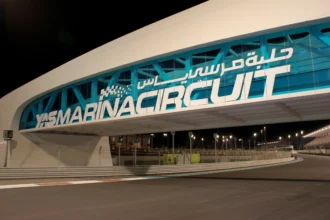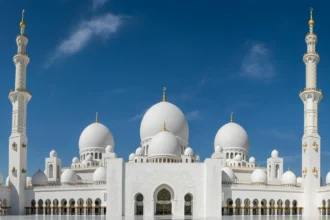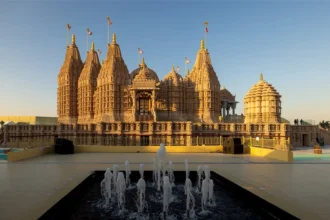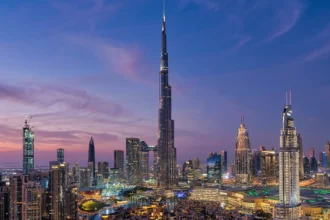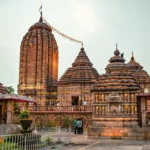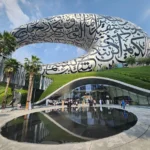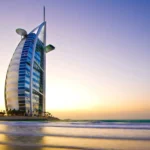Rising in the heart of Amritsar, Punjab, the Golden Temple, officially Harmandir Sahib, stands as an enduring symbol of spiritual unity, generosity, and architectural grandeur.
But beyond its gilded walls lies something even more profound, the world’s largest free community kitchen, which feeds tens of thousands daily, powered by volunteer seva and unwavering faith.
A Journey Through Resilience
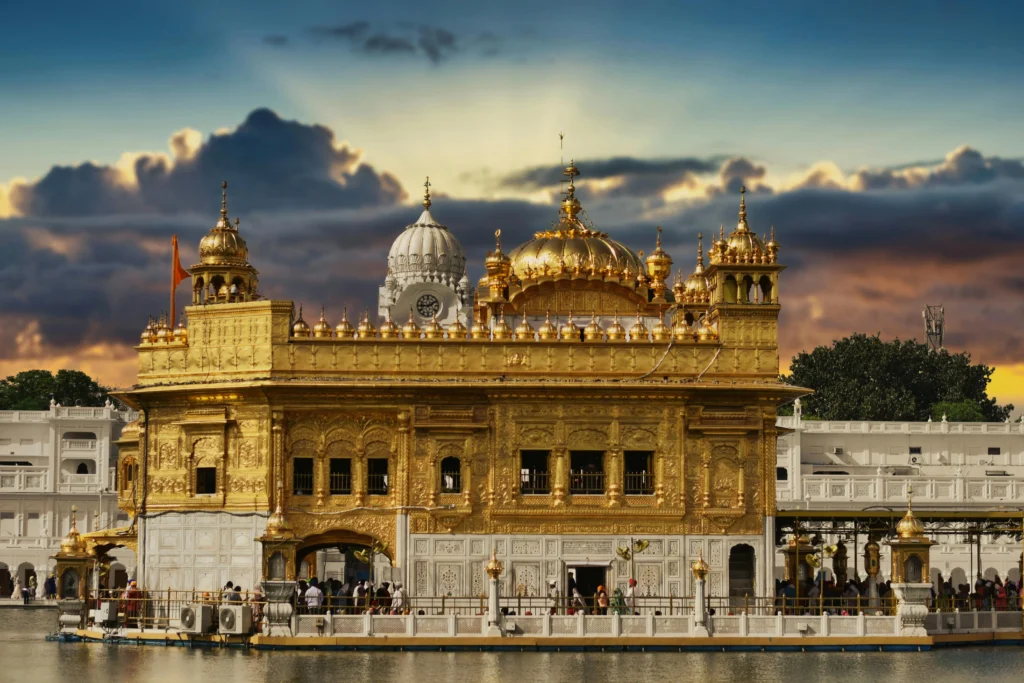
Surrounded by the sacred Amrit Sarovar, The Golden Temple, also known as Sri Harmandir Sahib, is the holiest shrine in Sikhism and stands as a timeless symbol of spiritual and architectural glory. Located in Amritsar, Punjab, its foundation was laid in 1581 by Guru Arjan Dev Ji, the fifth Sikh Guru.
He envisioned a temple that would be open to all, regardless of caste, creed, or background—a radical idea in a deeply divided India. Completed in 1604, the temple housed the Adi Granth, the holy scripture of the Sikhs, which was compiled by Guru Arjan himself.
Over the centuries, the temple has witnessed invasions, destruction, and restorations —including a major rebuilding in the 18th century under Maharaja Ranjit Singh, who covered the sanctum with 750 kg of pure gold, giving it its iconic name and Operation Blue Star in 1984.
Despite historical turbulence, the Golden Temple remains a beacon of peace, service, and divine unity, drawing millions of pilgrims and visitors from around the world.
Lesser-Known Facts About the Golden Temple
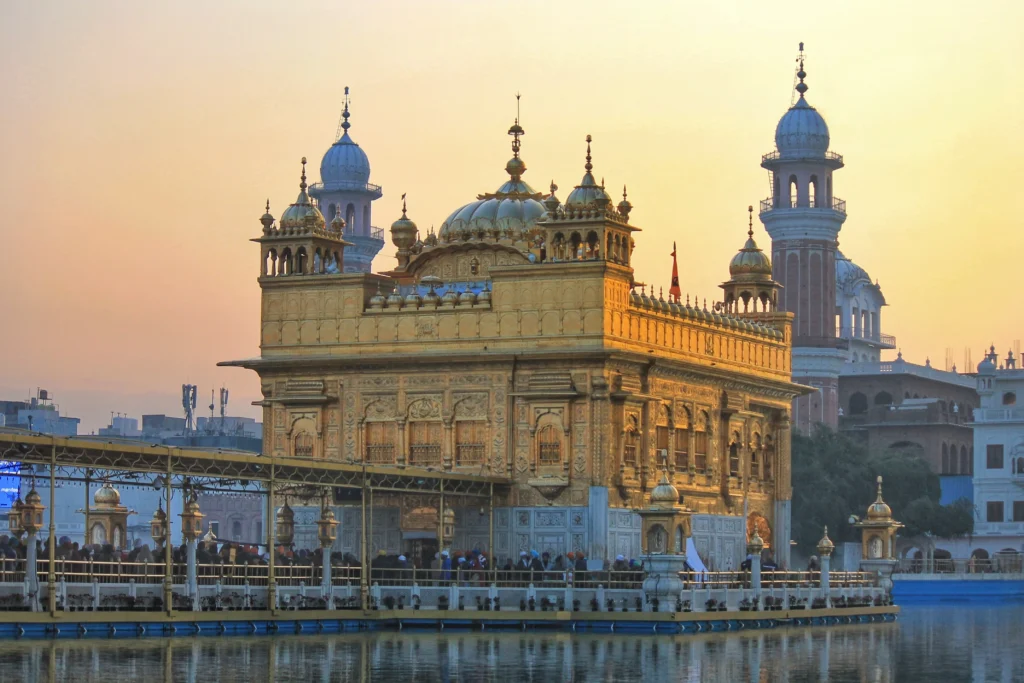
1. The Foundation Stone Was Laid by a Muslim Saint
While Guru Arjan Dev Ji oversaw the construction of the temple, the foundation stone was laid in 1588 by a revered Muslim Sufi saint, Hazrat Mian Mir of Lahore, signifying interfaith harmony. This gesture showcased Sikhism’s deep-rooted belief in unity beyond religion.
2. It Was Built Lower Than the Ground Level
Unlike traditional temples built on elevated land, the Golden Temple is intentionally built at a lower level to symbolize humility. Devotees must walk down steps to reach the shrine—reminding them that spirituality begins with bowing one’s ego.
3. The Temple Has Four Entrances
Unlike many religious places with a single point of entry, the Golden Temple has four entrances—North, South, East, and West, symbolizing openness to all religions, backgrounds, and directions of the world.
4. The World’s Largest Free Kitchen (Langar)
The Golden Temple runs the largest community kitchen in the world, serving up to 100,000 free meals daily—all vegetarian, all cooked and served by volunteers. On special occasions, this number can exceed 200,000 meals in a single day.
5. The Gold Dome Was Added Later
The temple wasn’t originally covered in gold. It was Maharaja Ranjit Singh, the Sikh ruler of Punjab in the early 1800s, who donated 750 kg of pure gold to gild the upper floors and dome, transforming it into the “Golden Temple” we know today.
6. The Sarovar (Holy Pool) Is Believed to Have Healing Powers
The sacred tank surrounding the temple is called the Amrit Sarovar, meaning “Pool of Nectar.” It is believed that bathing in its waters can cleanse sins and heal illnesses, both physical and spiritual.
7. Even Enemies Have Respected the Temple
During multiple invasions in history—including attacks by Afghan invader Ahmad Shah Durrani—while the temple was desecrated, it was always rebuilt by the Sikh community, showing its resilience and the deep devotion it inspires. Interestingly, many invaders refused to loot it, sensing the sanctity of the site.
8. No Ceiling Fans—Yet Always Cool
Despite no ceiling fans inside the sanctum, the temple stays surprisingly cool even in peak summer. This is believed to be due to its open design, water surroundings, and the natural cooling from the Sarovar.
9. The Akal Takht Faces the Golden Temple
Directly opposite the temple stands the Akal Takht, meaning “Throne of the Timeless One,” established by Guru Hargobind Ji in 1606. It represents the temporal authority of the Sikhs, while the temple symbolizes spiritual authority—showing the balance between saintliness and sovereignty.
10. Open 24/7 to Everyone, Every Day
The Golden Temple is never closed. Day or night, rain or shine, rich or poor—anyone can walk in, eat, pray, and stay, regardless of background. It’s one of the few places on Earth that truly operates on the principle of universal equality.
Langar: Nourishing Body, Mind & Spirit
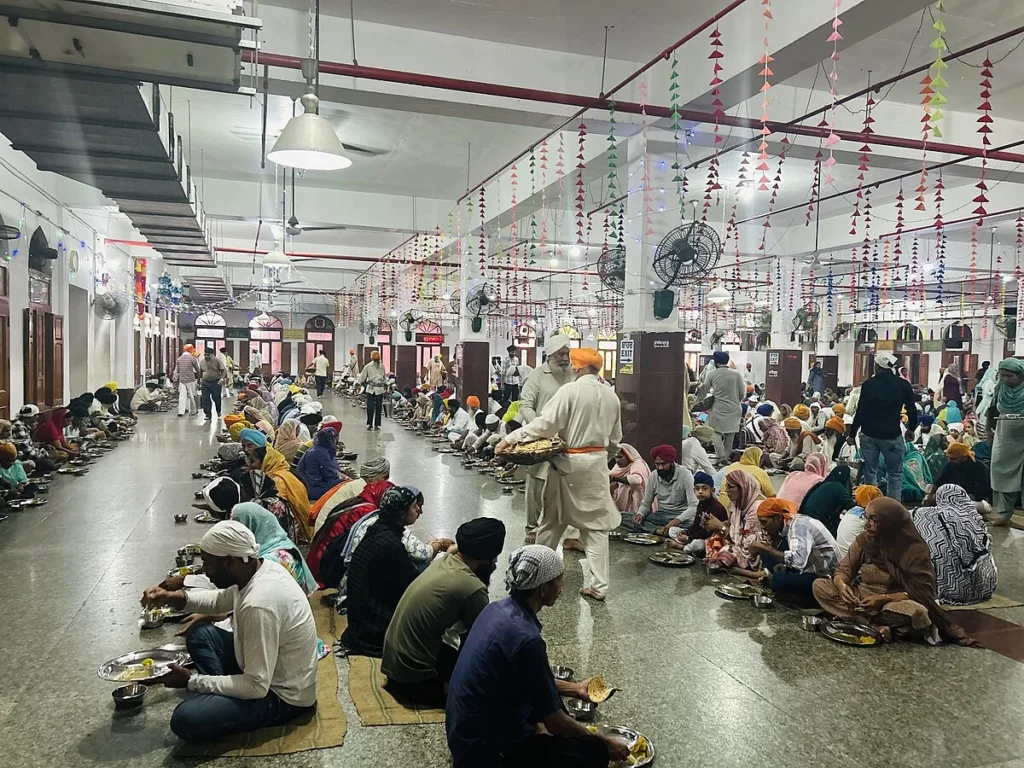
At the heart of Harmandir Sahib is its Langar Hall—where free, vegetarian meals are served daily to 50,000–100,000 visitors, scaling up during festivals.
Operational Scale
- Daily food supplied:
- Wheat: ~7,000 kg
- Lentils: ~1,200 kg
- Vegetables, milk, snacks—prepared in industrial cauldrons
- Volunteer workforce: Over 300 daily, handling everything from cooking to cleaning
- Langar site size: Spans more than 5,000 m²
- Annual meals: Over 30 million, with food costs around ₹30–40 crore (~US $4–5 million) annually
This extraordinary operation is entirely donation-funded—from daily offerings to large grain donations by local farmers and philanthropists.
Revenue & Economic Reach
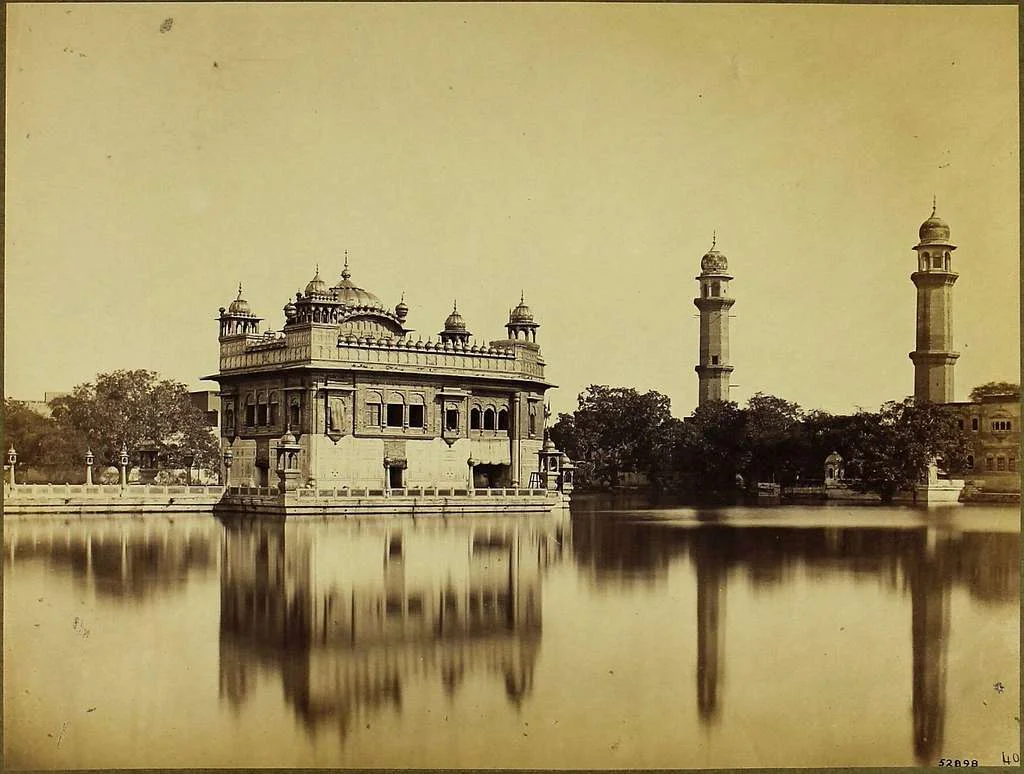
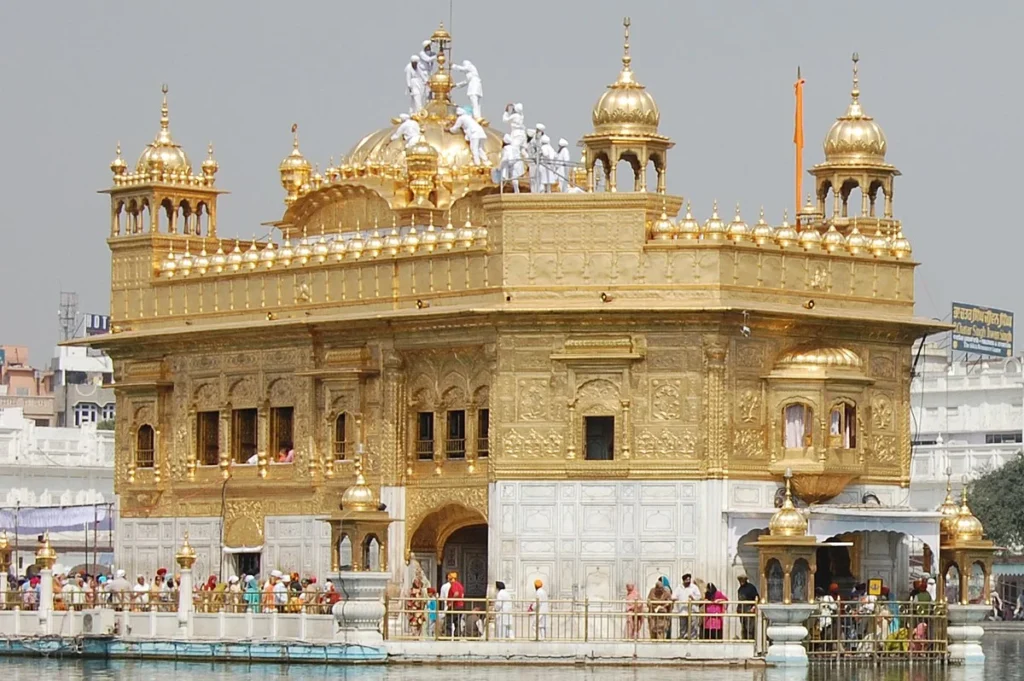
The Golden Temple generates an estimated ₹500–690 crore per year (US $60–83 million) through donations, offerings, and seva contributions.
The SGPC’s 2025–26 budget totals ₹1,386 crore, with ₹1,062 crore specifically for gurdwara management—including langar, salaries, and infrastructure.
Driving Amritsar’s Economy
- Visitor levels: 150,000–400,000 daily; spiking to over 1 million during festivals.
- Local trade: Roughly 3,000 shops around the temple benefit, with average daily revenues of ₹4,000–5,500 per shop.
- Travel growth: Amritsar’s passenger traffic has nearly doubled, driven by Golden Temple tourism.
Infrastructure & Sustainability
The SGPC has invested heavily—₹254 crore in 2017–18—in parking, lighting, solar energy, guest lodging, and Langar hall expansions. Heritage Street (2016) enhances the pilgrimage pathway, blending tradition with convenience.
Quick Facts
| Metric | Value |
| Daily visitors | 150,000–400,000 (1 million+ on festivals) () |
| Meals served per day | 50,000–100,000 |
| Annual meal volume | 30+ million |
| Langar annual cost | ₹30–40 crore (US $4–5M) () |
| Annual revenue/donations | ₹500–690 crore (US $60–83M) () |
| SGPC annual budget (2025–26) | ₹1,386 crore |
| Gurdwara management funds | ₹1,062 crore (major portion of budget) |
| Shops around temple | 3,000, averaging ₹4–5.5k/day each |
Global Significance
The Golden Temple is more than a religious landmark—it’s a world beacon of equality, faith, and service. Feeding hundreds of thousands daily without discrimination, it embodies Sikh values: langar, seva, and sangat (community).


